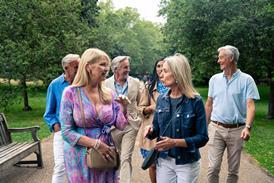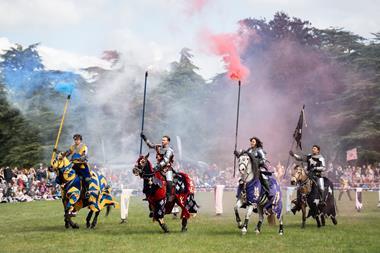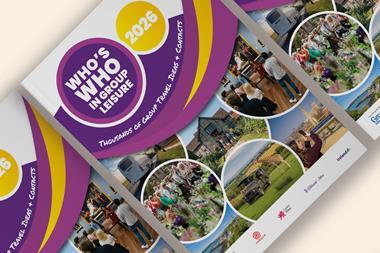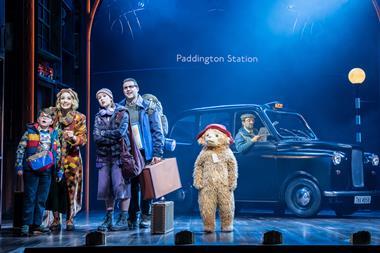London Transport Museum has released group tickets for its revamped tour of Clapham South’s deep-level wartime air raid shelter, located 11 storeys underground.
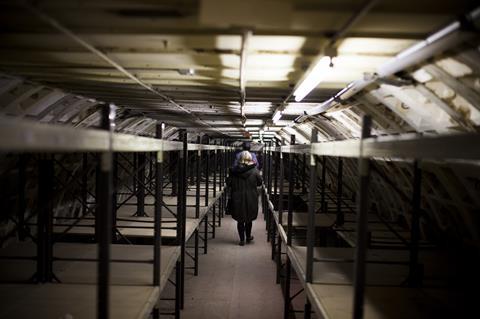
The new tour is hosted by two guides, with one portraying a 1940s warden to help bring history to life as you admire the site that looks exactly as it did during World War Two.
Reconstructed spaces, such as the warden’s booth and canteen, are based on archive pictures and extensive research. Guests will also be able to interact with authentic World War two artefacts sourced by the museum’s experts.
Chris Nix, director of content at London Transport Museum, said: “It’s incredibly powerful to present such a unique history in such an authentic setting. Our decade-long research has ensured that we honour those who lived and worked here, delivering their story with the utmost respect and accuracy. We’re looking forward to delivering Clapham South’s story in a new and engaging way to the public.”
Additional tickets have been announced across the Hidden London portfolio, with groups able to explore: Baker Street, Euston, Aldwych, Charing Cross, Piccadilly Circus, Clapham South and Holborn. British Sign Language tours can also be booked at several sites for groups which need support.
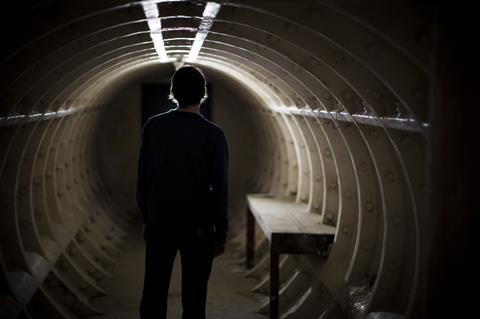
More about Clapham South
Opened in 1944, this secret underground maze was designed to protect more than 8,000 people, featuring canteens, medical stations and sleeping quarters—all hidden beneath the streets of London.
Over its 80 years of existence, it sheltered not only wartime Londoners seeking refuge from the air raids above ground, but also in 1948 became home to Caribbean migrants arriving on the Empire Windrush, and later visitors to the Festival of Britain.
Guides will share a first-hand account of what it was like to work and shelter there during the war, and to place guests in the footsteps of wartime South Londoners spending their first night there.
Visitors will also be able to discover what an Anderson shelter looked like, handle genuine World War Two torches and experience sitting on the bunk beds turned benches that families would spend their evenings on during air raids.
Private group tours can be arranged and are available up until March 2025. More information about all of the Hidden London tours can be found at www.ltmuseum.co.uk/hidden-london.

